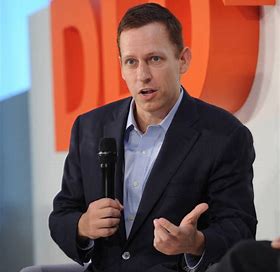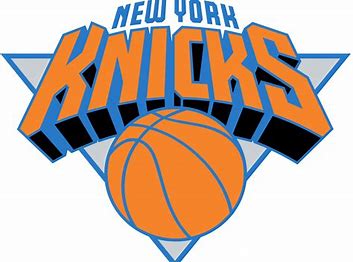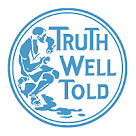Net Positive Brand Strategy.
Peter Thiel, he of the PayPal mafia, has been quoted as saying “Competition is for losers.” Billionaires can afford to say that kind of thing, especially start-up fund billionaires, but the rest of the world is not so inclined.
Strategists, especially those in brand development, must be aware of competition. Someone at McCann NY once counselled me to be mindful of “Who is going to lose the sale you’re making?” A brand “claim and proof array” must be based upon market conditions…and market conditions include the competitive landscape.
But I have to say I like Mr. Thiel’s meddle on this one. I favor playing offense when it comes to brand strategy. Playing defense is akin to positioning around competitors. Brand discovery, and you can peal the onion many ways, really comes down to customer care-abouts and brand good-ats. These translate to brand positives. If they happen to highlight a competitive shortcoming that’s fine. But just as Mr. Thiel wants to invest in companies for which there is pent-up demand and no competition, brand strategy is best done when net positive.
With a net positive brand strategy in place, the tacticians can go to war and sully reputations if need be. But remember “Tastes great, less filling” didn’t say “competitive beers taste like ass and make you fat.”
Peace.









